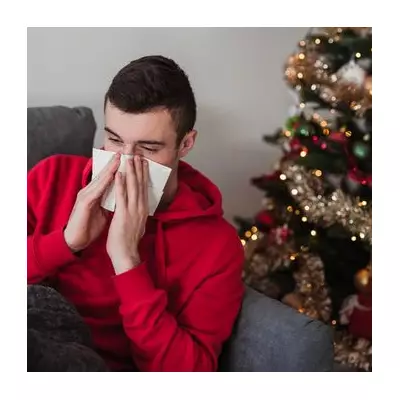
Bargain-hunting parents are being warned about the hidden dangers lurking in second-hand baby markets, as safety experts reveal which items should never be purchased used due to potentially life-threatening risks.
The Hidden Dangers in Pre-Loved Baby Goods
While buying second-hand can seem like a smart way to save money during expensive parenting years, some items carry risks that simply aren't worth taking. Safety standards evolve rapidly, and what was considered safe a few years ago might now be deemed dangerous.
Car Seats: The Absolute No-Go
Car seats top the list of items you should always buy new. "You never know a car seat's history," explains child safety expert Dr. Eleanor Vance. "Even a minor collision can cause invisible damage that compromises the seat's integrity. Furthermore, technology advances mean newer models provide significantly better protection."
Cribs and Cot Beds: Check the Date
Older cribs can pose multiple hazards, from outdated safety standards to worn components. Drop-side cribs have been banned in many countries due to entrapment and suffocation risks. Always check manufacturing dates and recall notices before considering any second-hand sleeping arrangement.
Other Risky Second-Hand Purchases
- Mattresses: Used mattresses can harbour bacteria, mould, and increase SIDS risk
- Breast pumps: Hygiene concerns and potential for bacterial contamination
- Helmets: Unknown impact history makes protection unreliable
- Baby walkers: Many countries have banned them due to fall hazards
When Second-Hand Makes Sense
Not all pre-owned items are off-limits. Clothing, books, and some toys can be excellent second-hand purchases when properly cleaned and checked for safety recalls. The key is knowing where to draw the line between budget-friendly and potentially dangerous.
As Dr. Vance concludes, "When it comes to your child's safety, some savings simply aren't worth the risk. Invest in new safety-critical items and save on the non-essentials."





